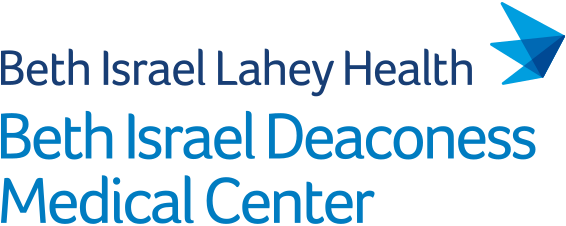Abstract
BACKGROUND: The increasing number of American College of Mohs Surgery (ACMS) fellowship positions over the last decade has resulted in a greater number of fellowship-trained surgeons in dermatologic surgery.
METHODS: Mohs micrographic fellowship-trained surgeons (MMFTSs) and non-Mohs fellowship-trained surgeons performing Mohs micrographic surgery (NMMFTSs) were compared using the American Academy of Dermatology Practice Profile Survey (2002/05). An analysis of recent Mohs fellowship classes was also performed.
RESULTS: In 2005, there was an equivalent proportion of MMFTSs and NMMFTSs in the workforce (ratio MMFTS:NMMFTS=0.9) but, in 2005, there was a shift in the youngest age cohort (29-39) to a greater proportion of MMFTSs (MMFTS:NMMFTS=1.55). In 2005, the youngest MMFTSs (29-39) were more likely to be female (47.1%) than of MMFTSs overall (24%). MMFTSs were 5 times as likely to be in full-time academic positions and performed 2 to 3 times as many Mohs cases per week as NMMFTSs.
CONCLUSIONS: Consistent with demographic shifts in dermatology, differences have emerged in the demographics, surgical volumes, and settings of MMFTSs and NMMFTSs. Recent increases in the ACMS fellowship positions have resulted in a greater proportion of MMFTSs among younger dermatologic surgeons. It will be important to follow how this increase in fellowship trainees affects the dermatologic surgery workforce.
